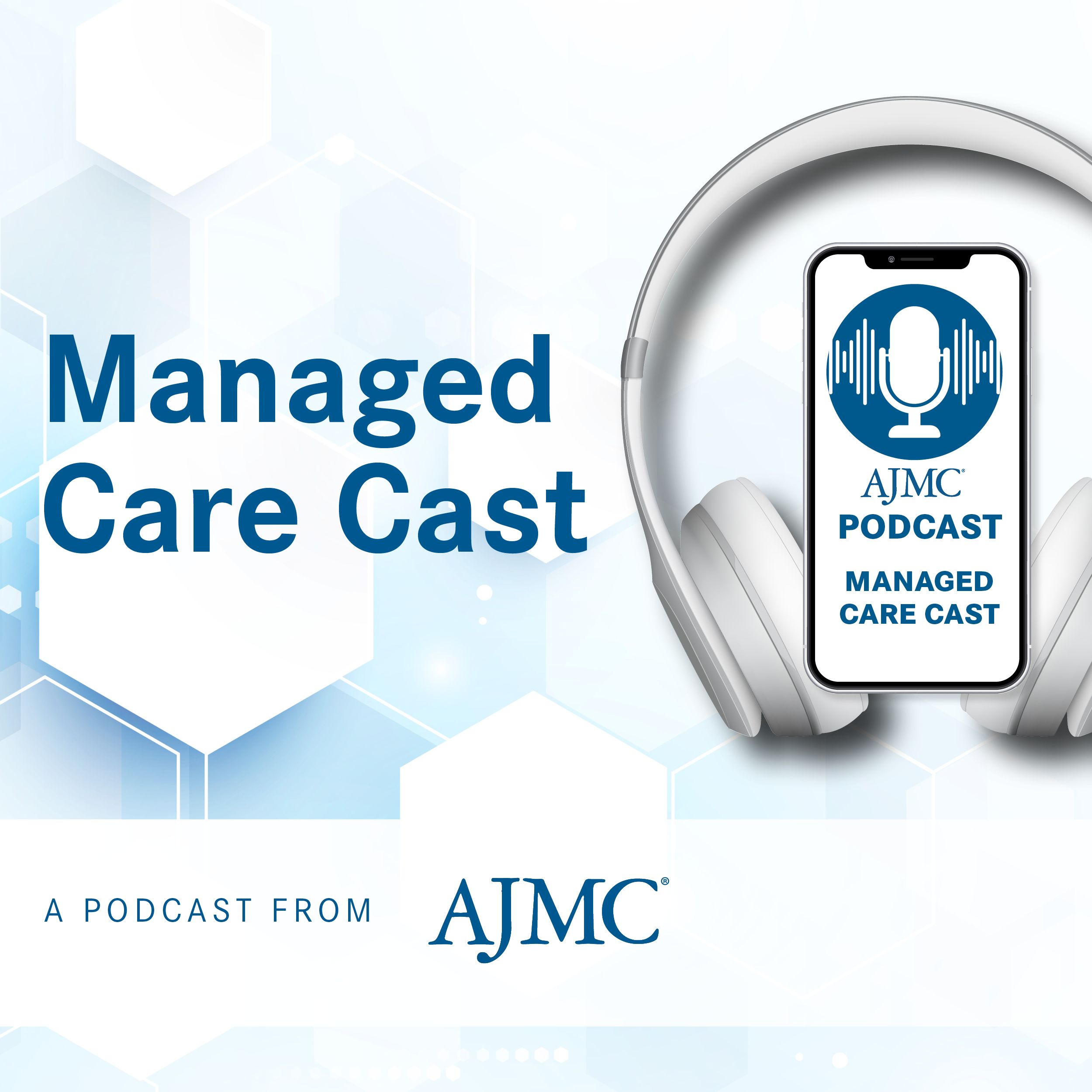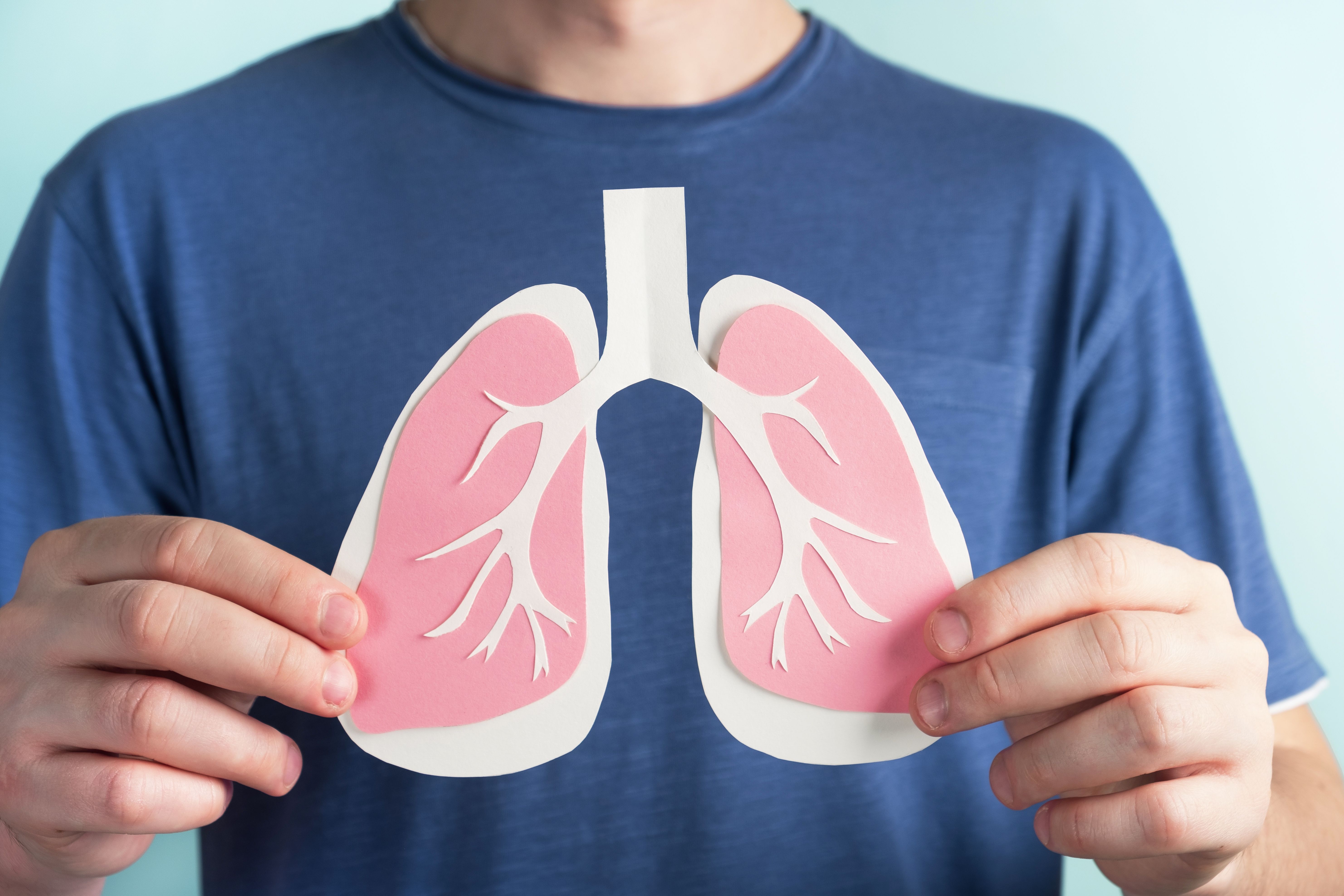News
Article
Poor Socioeconomic Status Linked to Higher COPD Risk in Chinese Adults, Study Finds
Author(s):
Chinese adults with a poor socioeconomic status are at a higher risk of developing chronic obstructive pulmonary disease (COPD).
Chinese adults with a poor socioeconomic status (SES) are at an increased risk of developing chronic obstructive pulmonary disease (COPD), according to a study published in BMC Public Health.1
The COPD disease burden is greater in China than in other developed countries, with direct medical expenses ranging from 72 to 3565 US dollars (USD) per capita annually2,3; these account for between 33.33% to 118.09% of the local annual average income. Also, because of its aging population, along with its recent economic and lifestyle transformations, the COPD burden in China is expected to significantly rise.1
Past research found that middle or high SES is associated with a lower COPD risk; SES is a comprehensive indicator of education, occupation, and income. Conversely, there was a lack of research on SES and COPD in China or on the impact of individual SES on COPD morbidity in residents. Therefore, the researchers conducted a study to identify the relationship between SES and COPD incidence in Chinese adults; it also evaluated the potential impact of SES disparity among Chinese adults with COPD.
Chinese adults with a poor socioeconomic status (SES) are at a higher risk of developing chronic obstructive pulmonary disease (COPD). | Image Credit: methaphum - stock.adobe.com

To do so, the researchers used the China Kadoorie Biobank (CKB) project in the Wuzhong District of Suzhou, Jinahsu Province; the survey was administered in 10 regions of China, one being the Wuzhong District. From the region, 53,269 residents between the ages of 30 and 79 were recruited between 2004 and 2008. To collect baseline patient information, they used questionnaires, blood samples, and physical examinations.
They measured SES using 8 items: education attainment level, self-reported annual household income, newly renovated flats within 5 years, private toilet, private phone, motor vehicle, years of refrigerator use, and vacation during the last 5 years. Of these items, annual household income was the main variable, which they assessed by questioning patients about their total household income last year.
During follow-up, incident COPD cases were coded by the International Classification of Disease, 10th revision (ICD-10). The researchers identified each incident through medical records, official death certificates, or original disease report cards; the follow-up was completed on December 31, 2017.
After further examination, the final study population contained 45,484 patients. It consisted of mostly women (57.9%), and the mean (SD) age was 51.67 (10.19) years. As for household income, 42.6%, 31.9%, 14.3%, and 11.3% made 35,000 yuan or more, 20,000 to 34,999 yuan, 10,000 to 19,999 yuan, and less than 10,000 yuan, respectively.
During a median follow-up of 11.2 years, 524 incidence COPD cases were identified. The researchers found that household income was inversely associated with COPD risk (P < .005 for trend). Therefore, higher COPD incidence was observed in patients with lower annual household incomes.
This was determined by comparing the COPD incidence rates among patients with annual household incomes of less than 10,000 yuan (4.300 per 1000 person-years) to those with annual household incomes between 10,000 to 19,999 yuan (1.362 per 1000 person-years; adjusted HR [aHR], 0.88; 95% CI, 0.69-1.14), 20,000 to 34,999 yuan (0.713 per 1000 person-years; aHR, 0.77; 95% CI, 0.60-0.99), and more than 35,000 yuan (0.347 per 1000 person-years; aHR, 0.42; 95% CI, 0.31-0.57).
As for education level, the absolute COPD incidence rates were 2.094, 0.653, and 0.437 per 1000 person-years for those in the “no formal school,” “primary or middle school,” and “above high school,” categories, respectively. Consequently, compared with those with no formal school experience, patients with a primary or middle school (HR, 0.61; 95% CI, 0.49-0.77) or an above high school education level (HR, 0.45; 95% CI, 0.28-0.73) had decreased COPD incidence risks; as the education level increased, the COPD incidence risk decreased accordingly.
Additionally, compared to those who never used a refrigerator, those who used refrigerators for about 1 (HR, 0.66; 95% CI, 0.53-0.83), 10 (HR, 0.41; 95% CI, 0.31-0.54), or 20 (HR, 0.40; 95% CI, 0.26-0.62) years had decreased COPD incidence risks. Like education level, there was an inverse association between years of refrigerator use with COPD risk (P < .05 for trend).
Also, those who had a private toilet (HR, 0.77; 95% CI, 0.62-0.96), phone (HR, 0.75; 95% CI, 0.61-0.93), or motor vehicle (HR, 0.72; 95% CI, 0.59-0.87) had a decreased COPD incidence risk than patients who did not own those items, respectively.
Conversely, patients with newly renovated flats within the past 5 years had an increased COPD incidence risk (aHR, 1.28; 95% CI, 1.06-1.54); the researchers said this positive association may be due to indoor pollutants from new renovations. Lastly, after adjusting for potential confounders, they did not observe a statistically significant association between COPD risk and vacationing during the last 5 years.
The researchers acknowledged their limitations, one being that the SES indicator data were mainly self-reported; this may increase the probability of misclassification bias. Also, because they mainly identified COPD incidents through monitoring systems, some COPD cases may have been undetected during follow-up. Despite these limitations, the researchers suggested potential next steps.
“Further studies are needed to explore the main determinants of excess risk for socioeconomically disadvantaged individuals with or at risk for COPD,” the authors concluded. “Investigations and development of COPD prevention strategies and government policies for individuals with disadvantaged SES to reduce the socioeconomic inequity in COPD have important public health implications.”
Reference
- Hua Y, Fan X, Yang M, et al. Association between socioeconomic status and risk of chronic obstructive pulmonary disease in China: A prospective cohort study. BMC Public Health. 2024;24(1):2077. Published 2024 Jul 31. doi:10.1186/s12889-024-19490-x
- Yoon HI, Sin DD. COPD in China: From crisis to hope. Chest. 2018;154(3):474-475. doi:10.1016/j.chest.2018.07.012
- Zhu B, Wang Y, Ming J, Chen W, Zhang L. Disease burden of COPD in China: A systematic review. Int J Chron Obstruct Pulmon Dis. 2018;13:1353-1364. Published 2018 Apr 27. doi:10.2147/COPD.S161555
Newsletter
Stay ahead of policy, cost, and value—subscribe to AJMC for expert insights at the intersection of clinical care and health economics.





